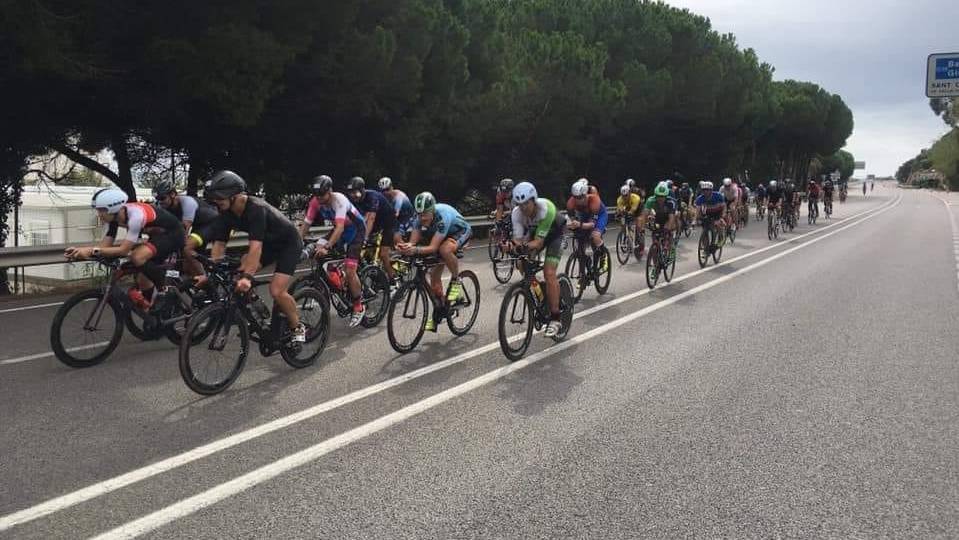We know the pictures: large crowds of athletes of similar performance levels sometimes form when cycling, especially on flat competition routes. These bunches roll up everything and "swallow" more and more drivers. Driving in a group is faster and saves energy - the slipstream rule is simply ignored or generously interpreted in favor of a faster time.
Two New Zealand triathlon professionals - Dylan McNeice and James Elvery - have developed a device that could put an end to the slipstream discussion immediately: Race Ranger is a technical solution to monitor the slipstream rule in triathlon races.
These are two sensors that each athlete attaches to their bike: one facing forward on the fork, the other facing backward on the seat post. These then measure the distance to the front and rear and emit corresponding light signals when other drivers approach the slipstream box or are within the specified 12-meter box. The following athletes always see an optical signal from the rear sensor unit as to whether they are currently driving in accordance with the rules or not. You can also see the light signals of the athletes driving ahead when you approach or overtake them.
In addition, the sensors also send their data in real time to the judges' tablet, so that prolonged drafting is displayed as a violation of the rules and can also be punished with a simple touch if the judges are not in the immediate vicinity. This makes it possible to punish individual misconduct at any time. This is how the system works:
The Race Ranger system will initially be tested at various races in New Zealand from the beginning of 2022. If the technology proves to be reliable, widespread use at all major events is conceivable - talks with the associations are already underway.
Conclusion
The Race Ranger could be the key technology for fair competitions and more transparency in racing. Does this mean the end of unfair "lollipop races"? A hot topic - we are curious.
Discover the huge trisuit collection
From the basic one-piece suit to the high-end aerosuit




















